MG ZS EV review: It’s truly long range and a bargain
440 km of range for less than €30,000 after subsidies – that’s the MG ZS EV Long Range in a nutshell. The same applies in the UK: 273 miles in WLTP for less than 30k. No Volkswagen or any other European manufacturer has such a car in its portfolio but MG. Yet does it deliver on spec in real life?
* * *
It is more than unusual for us to have the same model as a test car twice in the editorial office within twelve months – the range of battery-electric cars and selected plug-in hybrids is now too large to test a vehicle again in such a short time. But the MG ZS EV shows what a difference a year can make.
We did not publish an MG drive review in 2021 since the now Chinese brand which belongs to SAIC gave the ZS an extensive update shortly after, including new battery options. To make a long story short: With the small battery, the range and charging performance were manageable, the upward-opening charging flap more than impractical and the cockpit with analogue round instruments outdated for an electric car. The combustion engine platform sends its regards here – the MG ZS has been sold as a gasoline-powered model in China, Great Britain and France since June.
Back to the all-electric version of interest here. Note that the spec may be confusing – perhaps MG is still catching up with its facelift. The version tested by us in Germany is the bigger battery version with a 69.9 kWh NMC pack for 440 km. The UK website states that on the same model, the new MG ZS Long Range has a 68.3 kWh battery (usable capacity) and nominal 72.6 kWh capacity. These data differences aside, we checked, and performance is the same so that this drive review may apply all the same.
More range, higher speeds
The improvements over the pre-facelift model with its 335-kilometre NEDC range and only around 200 to 220 kilometres in everyday driving are visible on paper and immediately noticeable after the first few meters. This particularly applies to the acoustics and not just the slightly bigger battery. In the 2021 model, the electric motor on the front axle made an unusually loud whirring sound under load. In the current test car, acceleration was not only vibration-free, typical for e-cars, but also as quiet as in other models.
And acceleration doesn’t end so soon either: Both battery variants can now go up to 175 kph (108 miles), up from the previous 140 kph – an uncomfortable speed on German autobahns. The raised top speed still doesn’t turn the ZS EV into a sports car (more on that in a moment), but since the acceleration is still more than sufficient beyond 130 kph (80 mph), you can easily keep up and overtake on the motorway, including the German Autobahn.
After more than 1,100 kilometres (683 miles) in the ZS EV Long Range, our test consumption was 17.7 kWh/100 kilometres. That was also precisely the consumption value that the onboard computer displayed after around 800 kilometres on the highway. It was a bit more economical in the city and country road test (14.9 kWh/100 km), and the consumption was close to the 20 kWh mark on some trips. However, note that testing took place in the past few weeks’ hot periods and that the air conditioning and pre-air conditioning had a higher share than usual, especially on short trips.
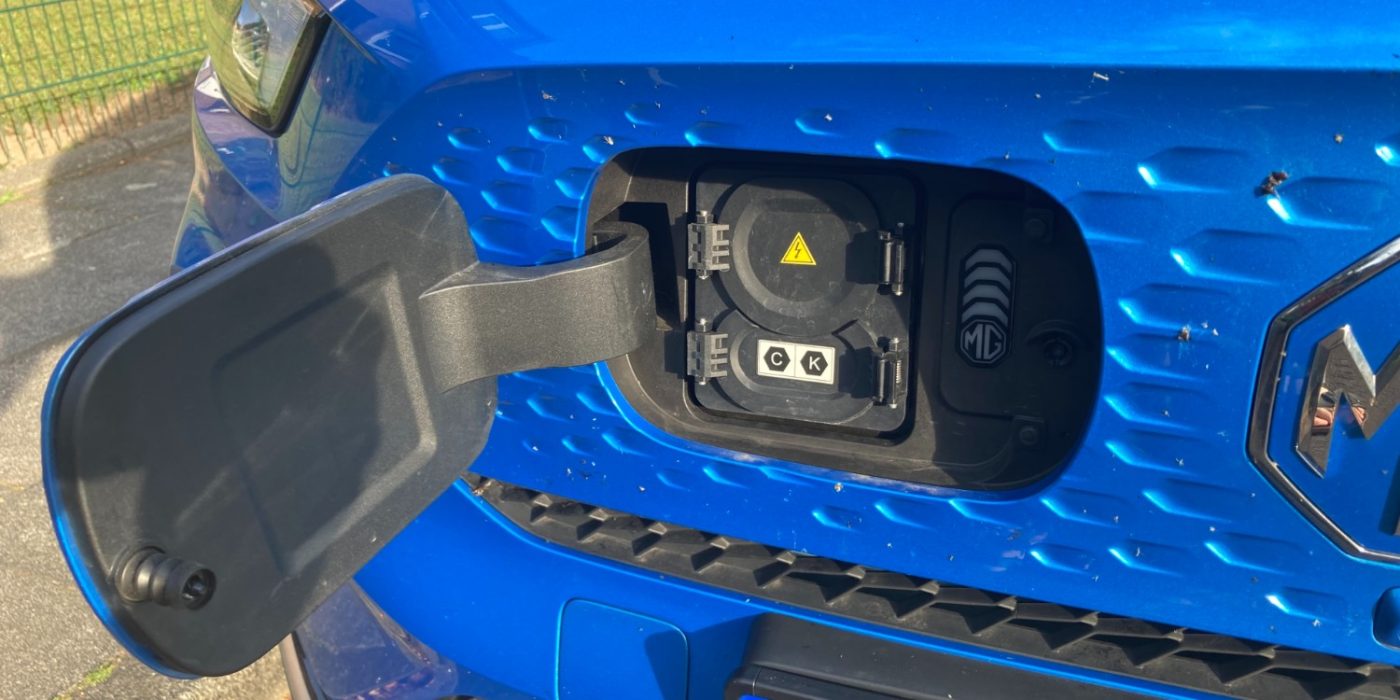
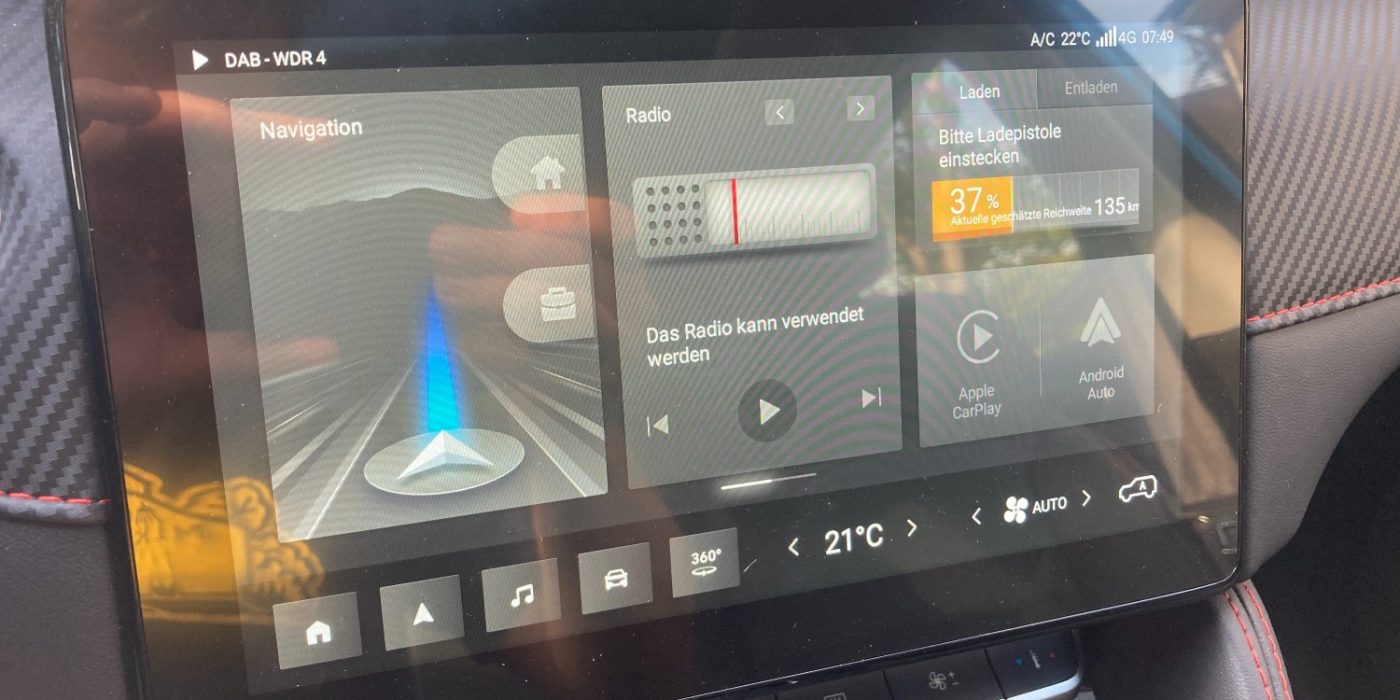
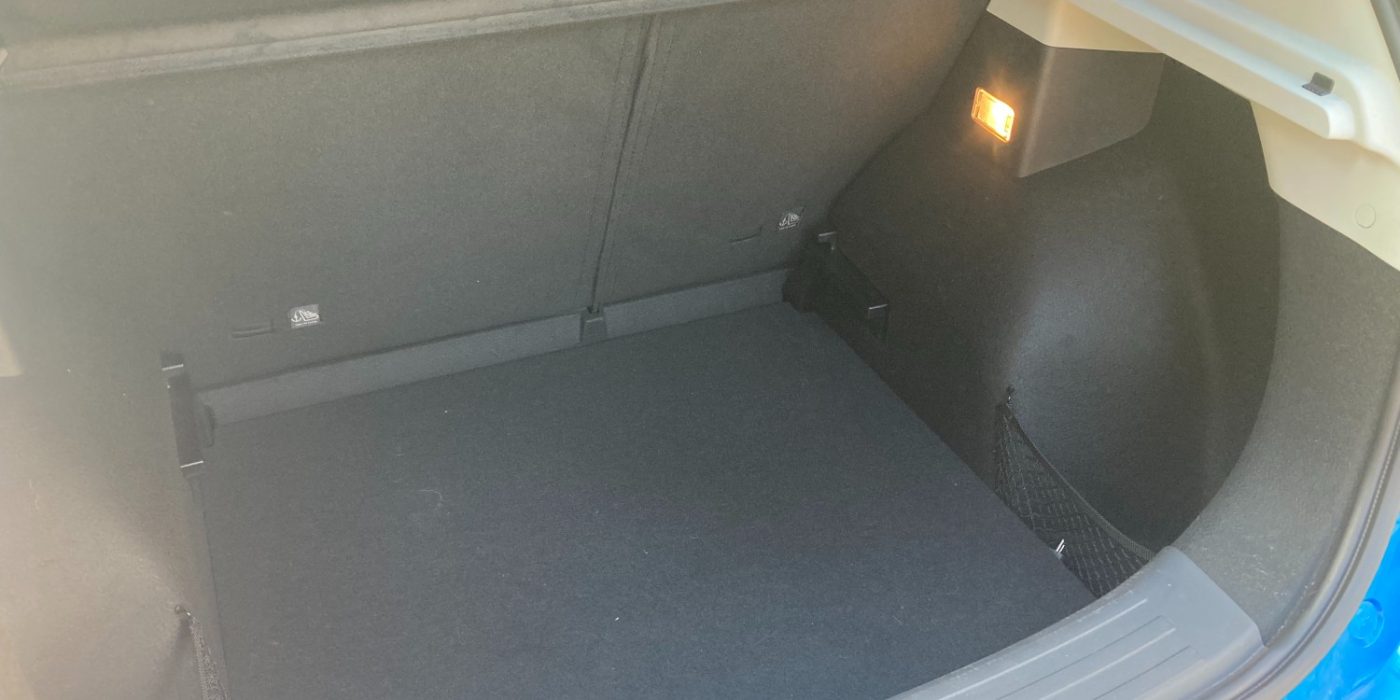
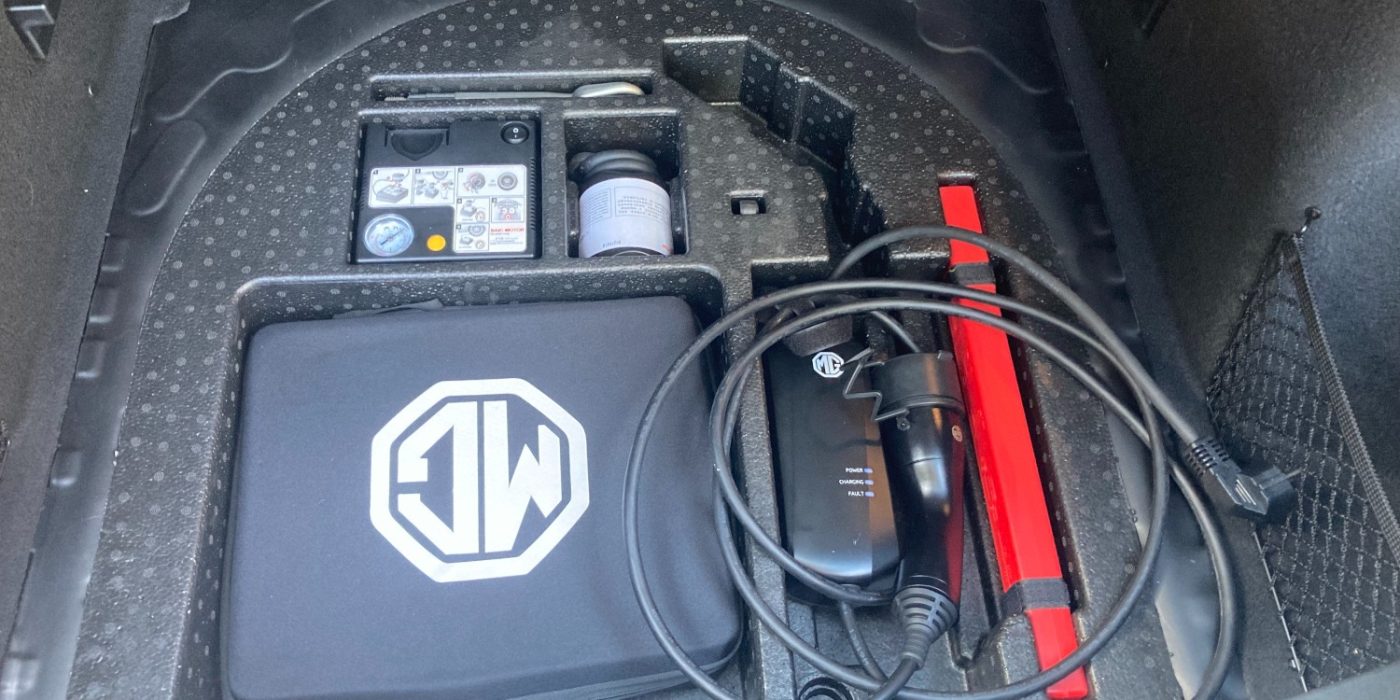
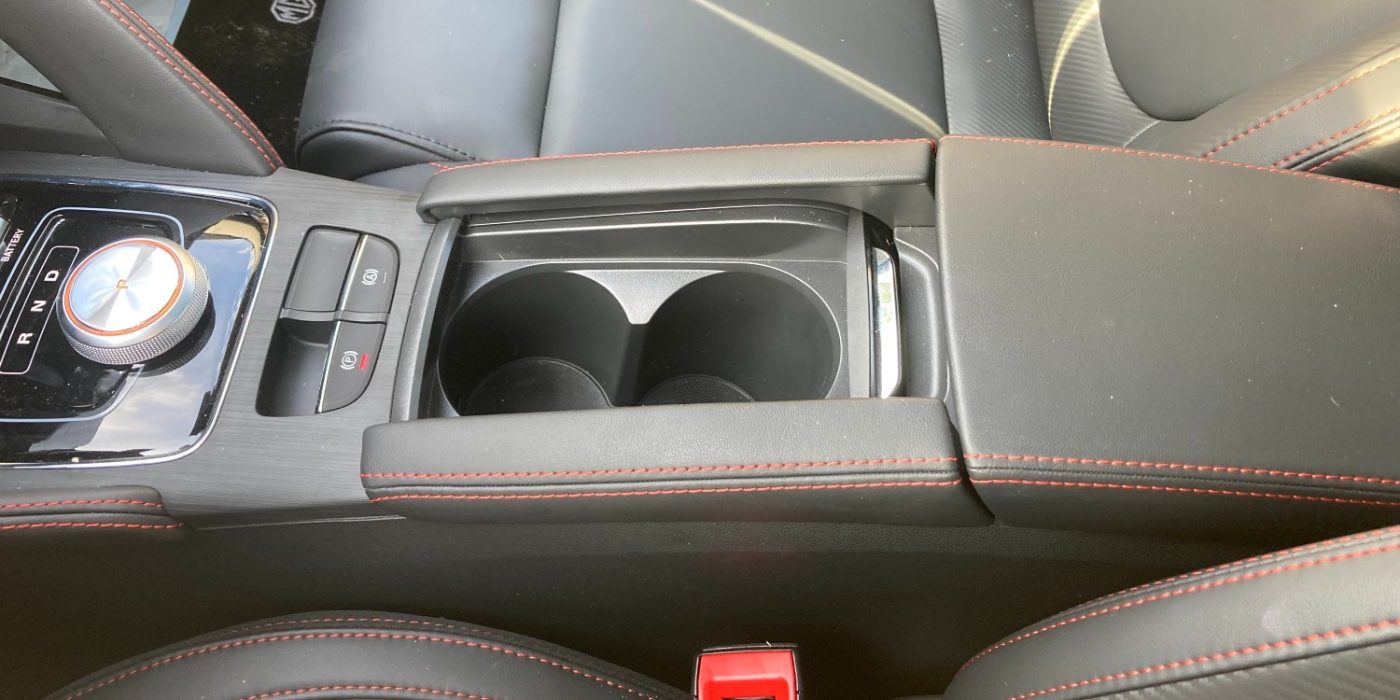
Despite the high motorway share and the heat outside, our test consumption is almost exactly on par with the WLTP consumption of 17.8 kWh/100km for the Luxury trim (SE: 17.3 kWh/100km according to WLTP). Extrapolating the test consumption to the 69.9 kWh battery results in a calculated range of 395 kilometres. If you use the same 70 per cent of the battery in the usual charging window from ten to 80 per cent, you still have a calculated usable range of 276 kilometres.
In the test, we drove 262 kilometres on the highway without stopping to charge at 80 per cent – and arrived with 12 per cent and 53 kilometres of the remaining range displayed by the onboard computer. Even pricier models don’t necessarily manage 250 kilometres on the highway at over 33 degrees with 53 kilometres still in the battery. In the case of the ID.3’s Cupra Born brother, we determined 18.3 kWh/100km on the highway at lower outside temperatures – with a battery of only 58 kWh, the range of the more expensive MEB models is correspondingly lower.
However, the MEB models have an advantage when it comes to fast charging: In the test of the Cupra Born, it was still 100 kW at the peak; with the update to version 3.0, the 58 kWh models will be able to charge with up to 120 kW in the future. In MG’s ZS EV, it is 92 kW at peak – regardless of the battery size. We achieved values between 85 and 92 kW in the test during every charging process with a correspondingly empty battery; at 80 per cent charge level, a decent 62 kW still flowed into the battery. However, the MG then noticeably reduces the charging power, which drops to 28 kW above 80 per cent and then drops further. MG does not state the duration for the usual charging process from ten to 80 per cent, but there are two specifications: From 30 to 80 per cent, it takes 30 minutes, from five to 80 per cent, 40 minutes. (The UK spec states 36 and 42 minutes, suggesting that 20 – 80%) Both are realistic values, according to our experience. And the window of up to 80 per cent, which is common on long-distance trips, is easily usable at the fast charger.
Speaking of usability: Whether the new front with the closed grille painted in body colour is more appealing than the pre-facelift model with the radiator grille in combustion engine look is a matter of taste. In one respect, however, it is a clear improvement: The small charging flap now opens to the side and reveals the CCS port. In the 2021-model, part of the radiator grille swung upward. This meant that the CCS port was not only positioned a bit lower but also completely hidden – so you had to bend over or plug in the charging cable blindly.
However, the ZS EV proved a bit tricky when AC charging in the test – the variant with a large battery has a three-phase 11 kW charger. In the trial, plugging into a wall box proved difficult – charging was impossible but worked flawlessly at public AC charging stations.
A brief word about AC charging: External consumers can draw up to 2.5 kW from the drive battery via a vehicle-to-load function. MG cites electric devices such as air pumps, e-scooters, e-bikes, and laptops as examples. But other electric cars should also be able to be charged in this way via ICCB.
The drive of the new model was convincing in our test. Here, the ZS EV Long Range offers enormous value for money and lives up to its spec. But does that apply to all other features of the current model?
Many assistants with minor weaknesses
Personal opinion: It can only do that to a limited extent. It depends on what you expect of the car. If you require an actual test range of under 400 kilometres for less than 30,000 euros with a halfway decent charging curve, there’s hardly any way around the MG ZS EV Long Range. However, if it is not the range of one or two kilometres that matters, but rather the handling and driving experience in everyday life, there are a few drawbacks with the MG – how much they matter depends on your priorities.
For example, our test car had numerous assistance systems often only found in more expensive vehicles. A lane departure warning system that intervenes in the steering, a distance cruise control (intelligent speed limit assist), a 360-degree view for parking, including a 3D view from a third-person perspective. However, all of the mentioned systems could still be significantly improved. For example, the lane departure warning system intervenes very late and harshly in the steering – an earlier but gentler intervention would be more pleasant. The braking behaviour of the distance cruise control could also be refined when you hit another vehicle with the system active.
Only a few vehicles in this price range offer a 3D view. However, it virtually adds no value to the MG EV: The display has a low resolution, which essentially deletes the advantage of such systems (especially when manoeuvring with centimetre precision) – you can’t see it accurately enough on the image. The 360-degree view or the individual images of the cameras are more helpful there.
Chassis is comfort-oriented but too soft
For example, the blind spot detection (BSD) shows that the systems still need some fine-tuning. The function works perfectly and does its job. However, the yellow LEDs in the exterior mirrors that indicate an obstacle in the blind spot are not dimmed or adapted to the automatic headlights. As a result, the LEDs are too bright at night and tend to stay in the corner of the eye.
As in the test of the plug-in hybrid SUV EHS, the system could not recognise all traffic signs. The function was improved and did not show 20 instead of 120 kph on the highway, but you should still not rely on the “Intelligent Speed Limit Assist”.
While MG could probably improve most critical points mentioned here with a few software updates, the company should also look again at the hardware, i.e. the chassis. The more comfort-oriented design suits the model well in and of itself. However, the set-up is a bit too soft, which causes the car to tilt whenever it can, no matter whether during acceleration, in curves or even during recuperation. That was a bit annoying in the long run.
For recuperation, the new ZS EV retained the three-stage setting from the predecessor, allowing drivers to adjust the energy recovery delay according to individual preferences. There are also three driving modes Eco, Normal and Sport. The third switch on the centre console, labelled Battery, is still a leftover from the old model to show the current battery data on the small central display between the analogue round instruments. In the facelifted model, there is now enough space on the seven-inch digital cockpit to permanently display key data such as range and state-of-charge.
Less hard plastic than in the Volkswagen ID.3
The rest of the cockpit and interior are pretty convincing. There are details that MG could implement a bit better here and there, such as the operation of the driver’s display or the quasi-missing elbow rest for the driver (the very hard cupholder is placed at the same height in the centre console). The ambience and material feel are completely appropriate for the price range – MG uses more foamed plastics and upholstered materials than VW in the hard plastic-dominated ID.3.
The ZS EV’s pricing policy is almost Tesla-esque: There are (theoretically) two drive options, five paint finishes (white, red, blue, black and grey like Tesla), no choice of rims, and instead of Tesla’s two interior colours, the two trims called SE and Trophy in the UK for both the base and Long Range version.
Regardless of the trim, the interior space is okay for the car’s size. There is no gimbal tunnel filled with battery cells in the rear footwell as in other combustion-based electric vehicles, but the model’s origins can still be felt, especially in the back seat: legroom here is less than in an ID.3, for example. At 4.32 meters long, the wheelbase is relatively short at 2.59 meters, and there is also the long front hood for the gasoline engines, which costs some space in the interior.
The trunk is sufficiently large at 488 litres, and the variable load floor allows customers to choose whether to use the maximum volume or a flat load area with an additional storage compartment underneath. Under the trunk floor is another box for the cargo cables and the Tirefit kit. With the rear seat backrests folded down, the ZS EV still holds 1,166 litres.
The payload in the tested version is 450 kilograms (1,620 kg unladen weight and 2,070 kg permissible gross weight). The ZS EV can also tow trailers, but only very light ones: the towing capacity is a maximum of 500 kilograms. MG specifies roof load at 75 kg.
MG ZS EV Long Range Drive review result
The ZS EV offers a lot of electric car for the money. The electric drive of the facelifted model is convincing – with the tested 70 kWh battery, the vehicle is more suitable for long trips than many more expensive models. However, the less expensive LFP battery should also suffice for many requirements. The software, in particular, is not yet perfect, but MG’s learning curve in recent months has been very steep. With the MG4, not only a real ID.3 competitor is expected to hit the European market at the end of the year, but also the first MG electric model on a pure EV platform. We are very excited!
MG ZS EV Long Range drive review by Sebastian Schaal, Germany. Localisation and translation by Nora Manthey, UK.

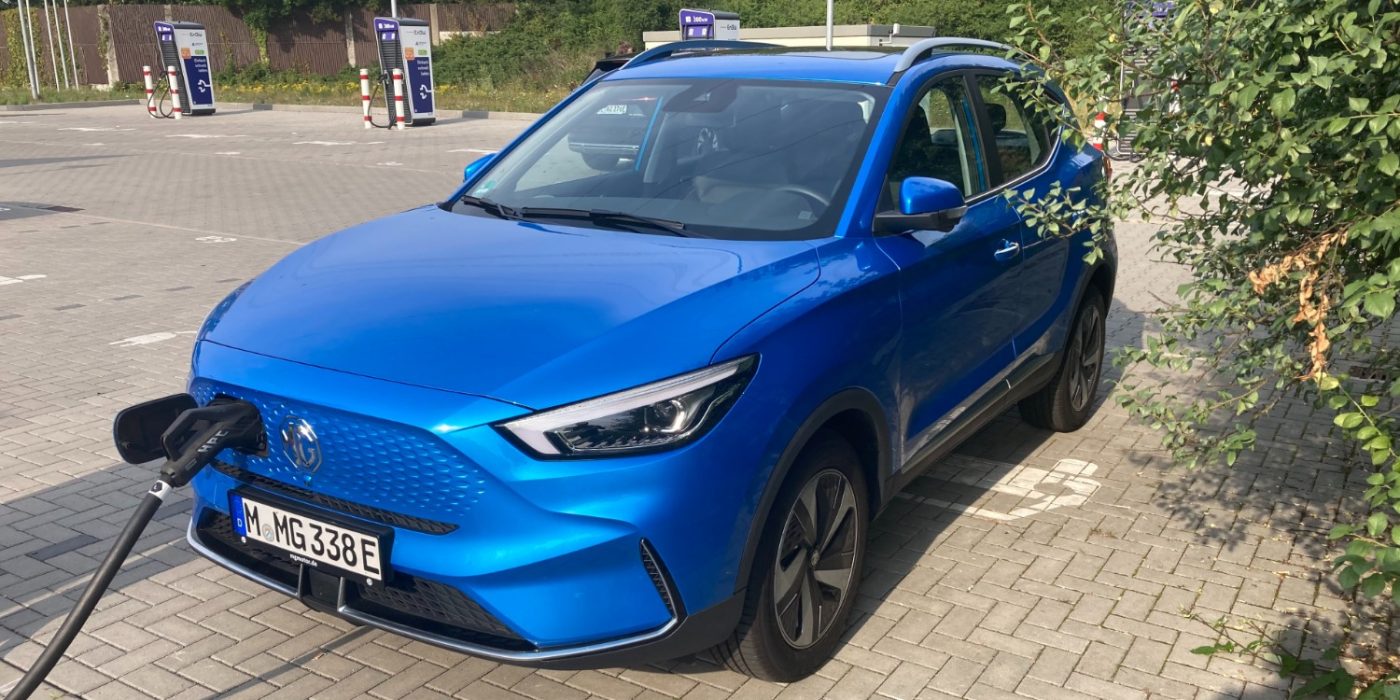
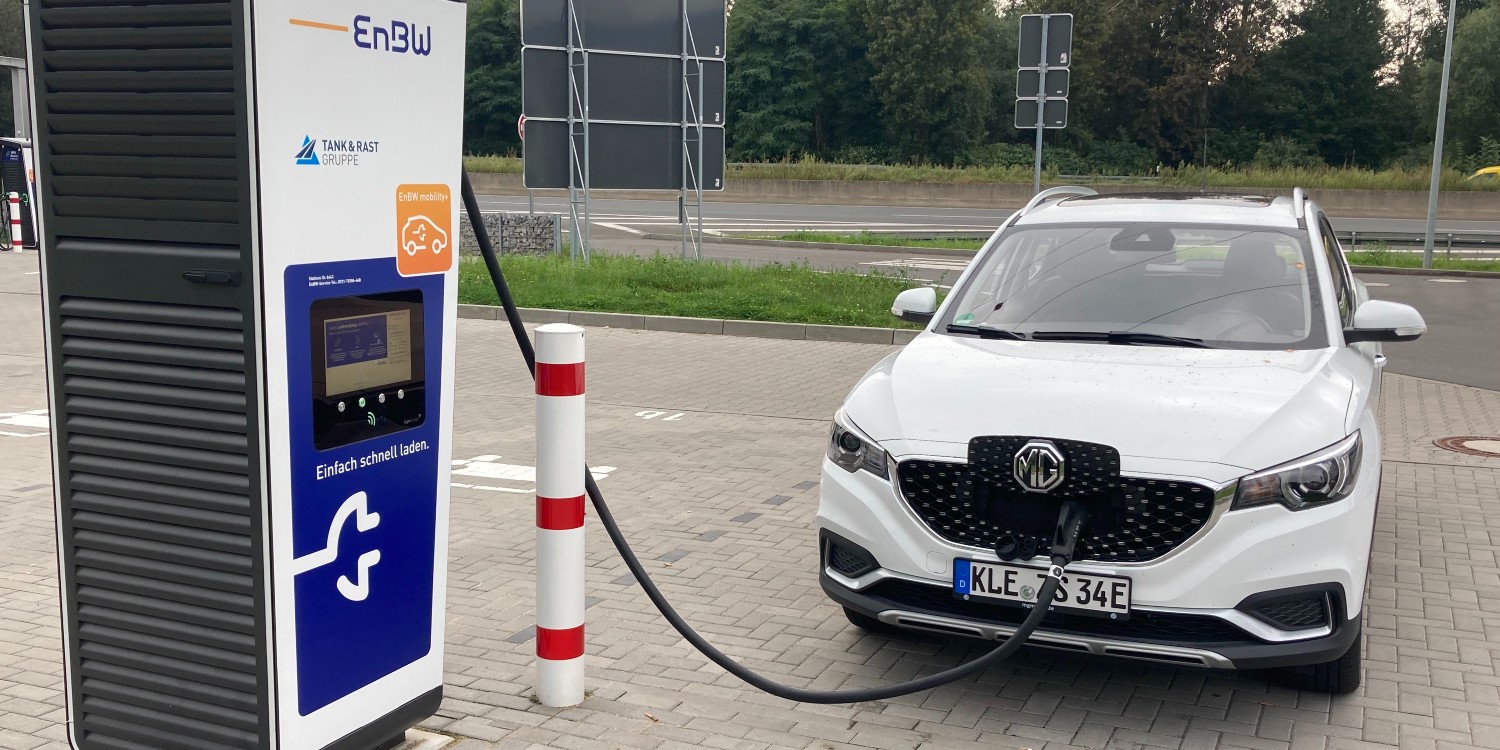
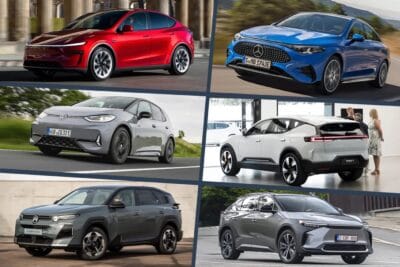
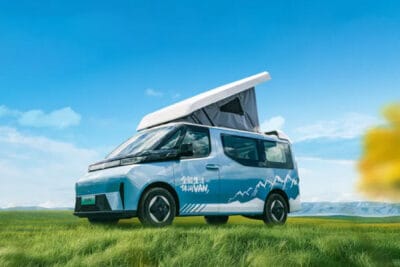
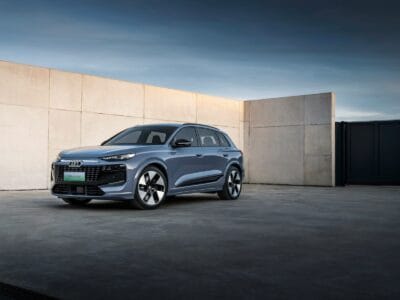
16 Comments